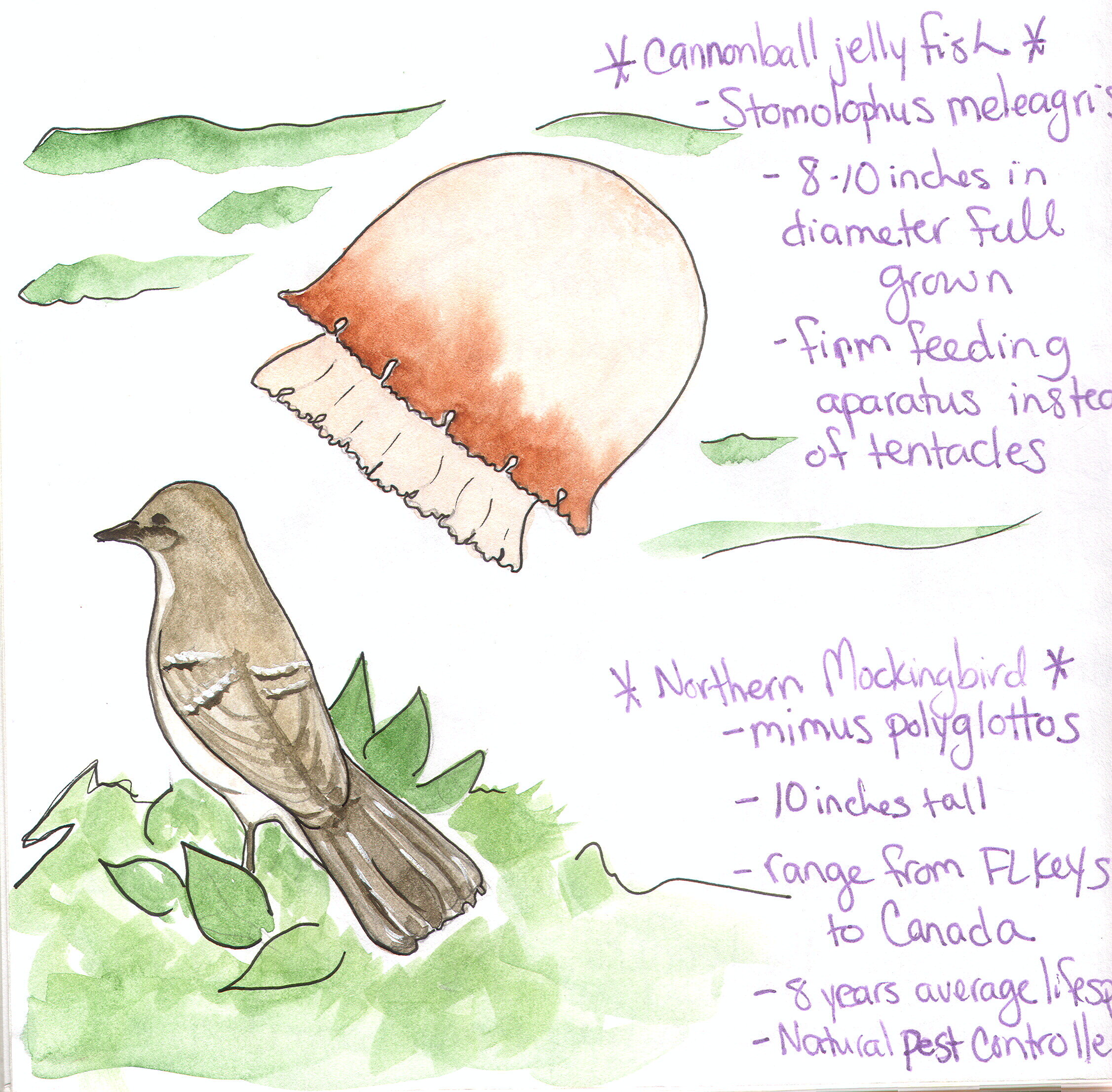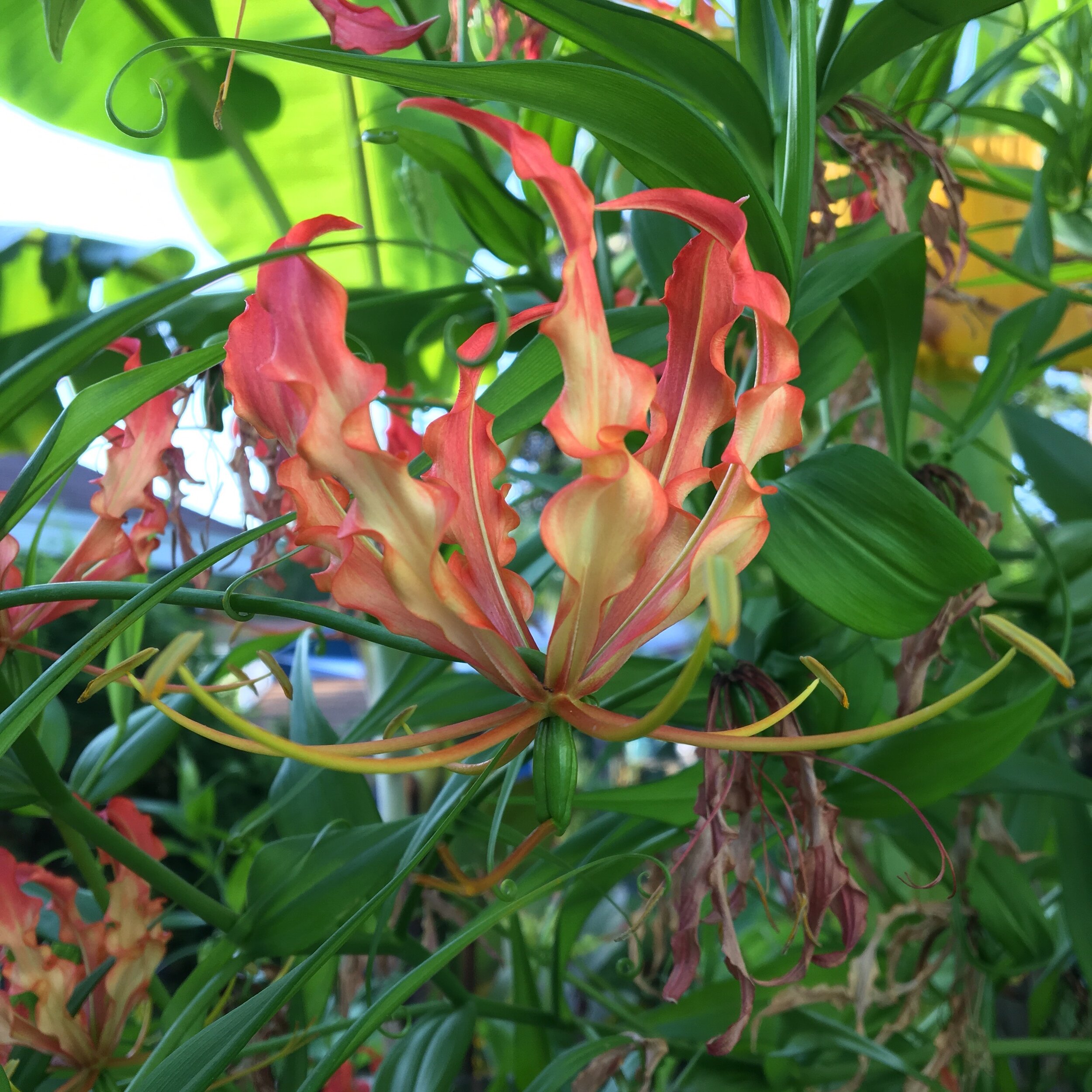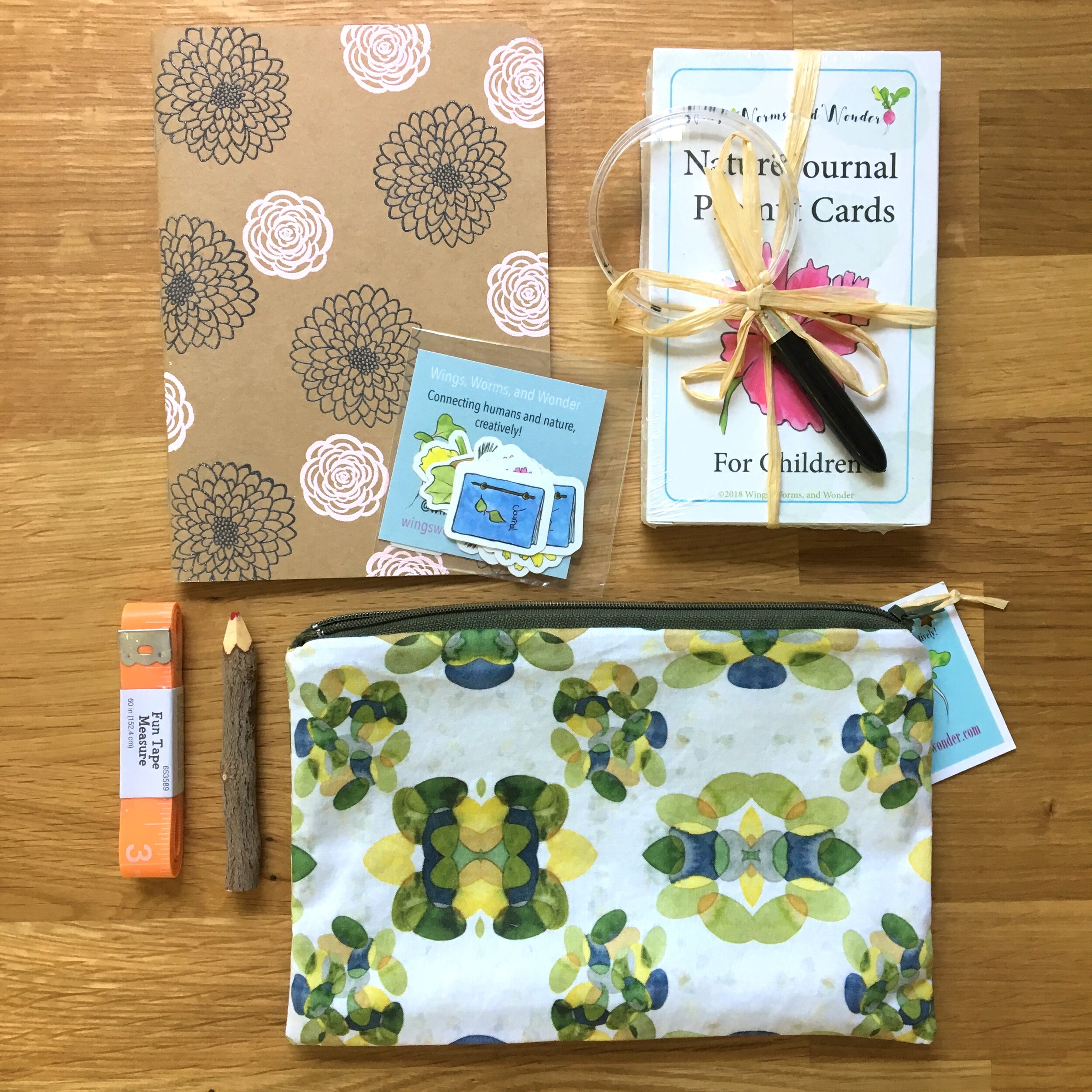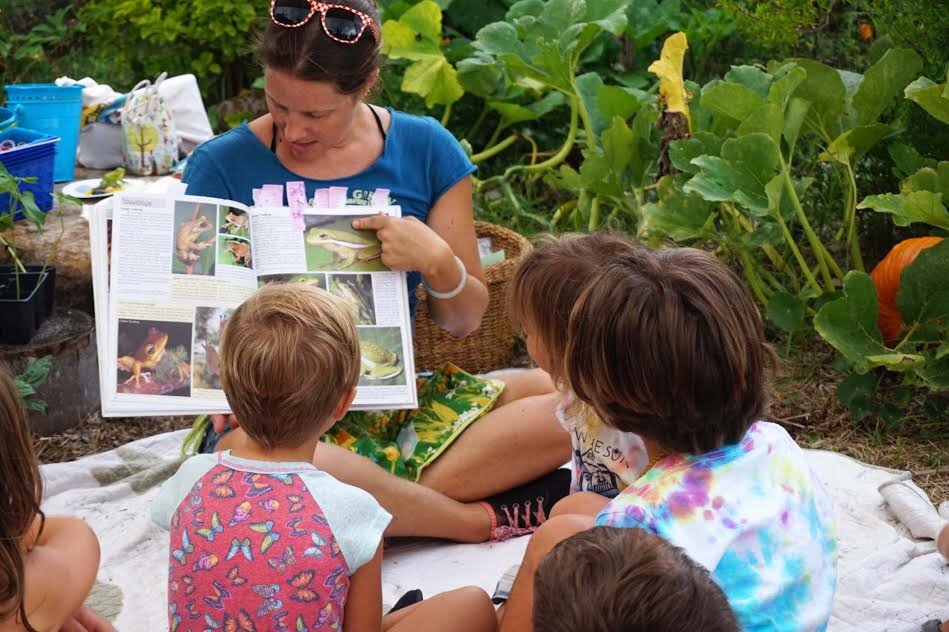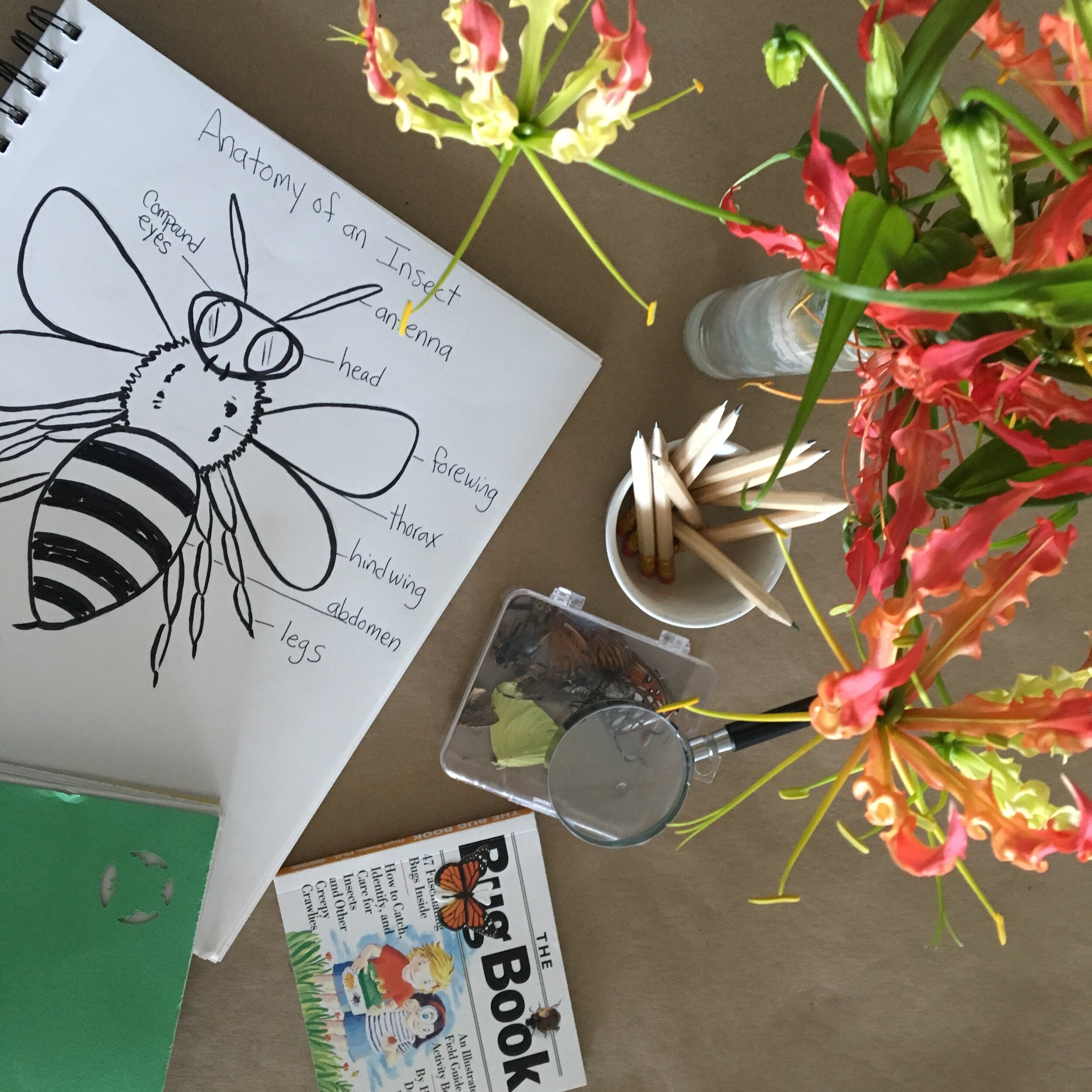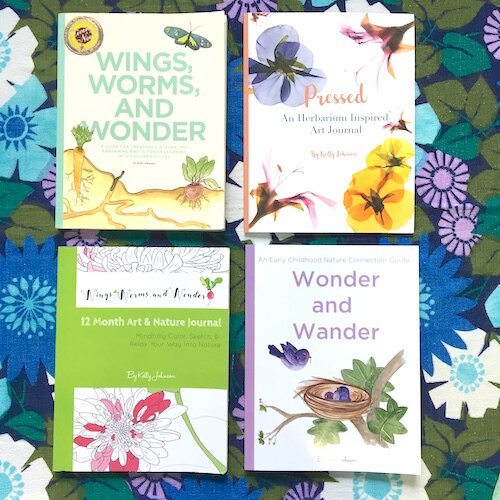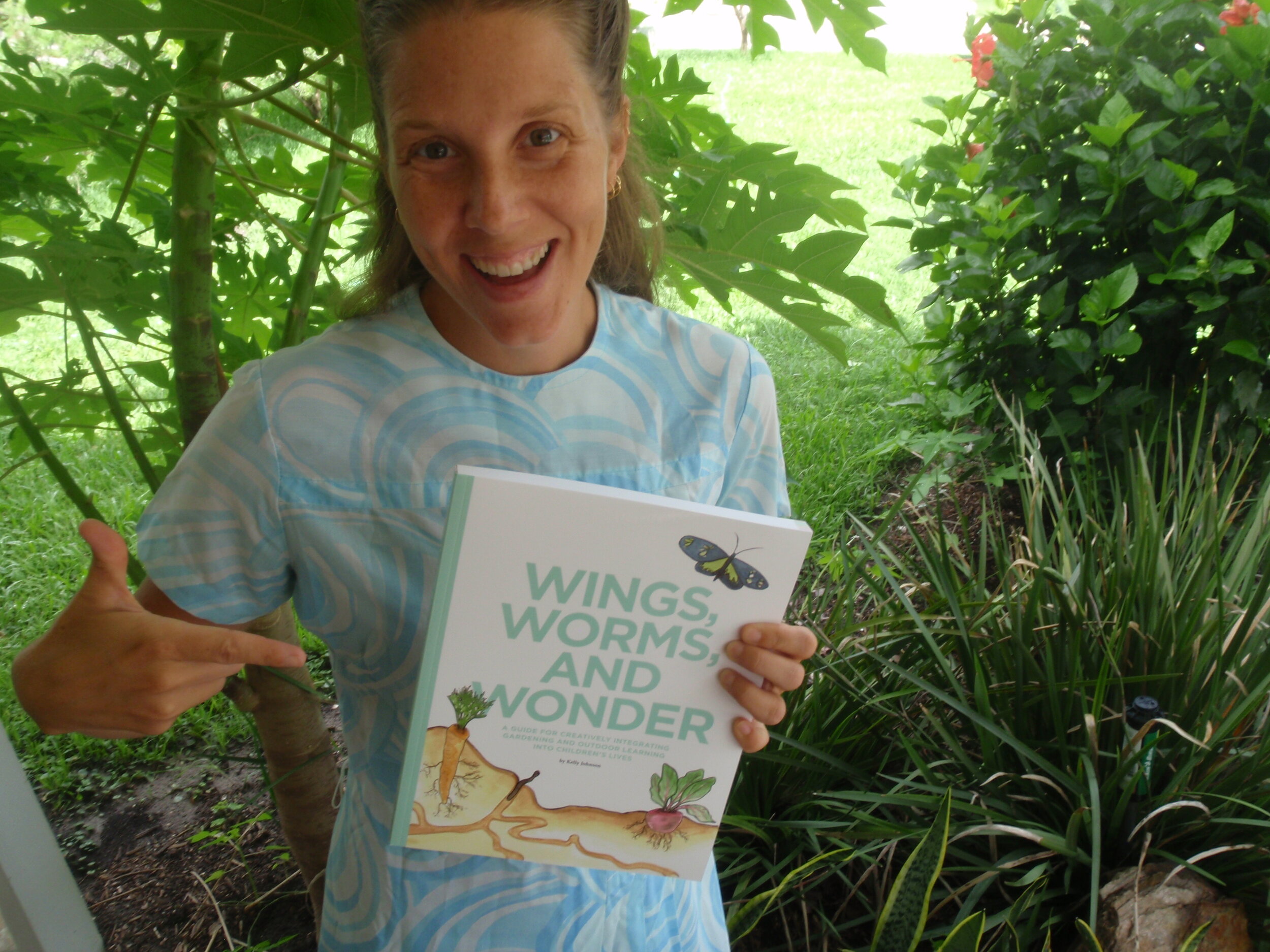Why should you nature journal? Because Rachel Carson did? Because Beatrix Potter did? Because I say so? Well, of course not!
In the words of naturalist Thomas E. Smith, PhD., author, and founder of the Raccoon Institute:
“Experience without words is just experience. Words without experience are just words”.
Add visual arts into that quote, and it’s the essence of why I encourage nature journaling for all humans as a way to creatively connect and build deep, lasting, loving relationships with our natural world.
Each time we venture into nature we are impacted, but when we can assimilate those experiences through images and words - drawn, painted, written, and spoken - we begin to form bonds and understand the natural world, and our roles within it, more fully.
As adults, when we understand our ecological relationships and identities, we can help children do the same. I have found that nature journaling within multi-generational groups is an incredible way to embrace ourselves as part of the amazing web of life.
Nature journaling opens us up to creative flow. It makes us slow down and become quiet observers. It gives us a place to assimilate our experiences and to ask questions for later answers. It allows us to embrace our genetic heritage as a species evolved from, and continually supported by, the Earth’s beauty and bounty. It clears the path for our senses of wonder to bloom.
Personally, journaling opened up the world outside my door. I learned so much more than I thought I already knew about my local environment and my role in that ecosystem.
Drawing my immediate environment made me really understand the subtleties of the common, often overlooked, nearby flora and fauna in a way that only careful, focused observation can. Then, adding my thoughts, questions, and observations in words enriched the nature journal experience and deepened my connections.
I invite you to do the same. Get out there. Invite humans you know from every age group to join you. Start drawing and writing about nature experiences big and small, near and far. From a weed busting up through the sidewalk in front of your apartment to your vacation to Yosemite, observe and explore your relationship with it. Let your nature journal practice bring a fullness to your everyday experience. Give yourself permission to feel wonder at the little things, like the chip chip communications between a cardinal pair as they look for seeds outside your window. Let’s journal Together!
Benefits of Nature Journaling
Nature art: The arts are excellent ways to help children (and all humans) develop systems thinking while assimilating nature explorations. Sensorially explore textures, smells and tastes through nature arts by creating: collages; appropriate/sustainable collections and pressings; drawings and paintings in the field or after outdoor adventures from photos; illustrated stories with nature finds as prompts; garden fresh culinary treats; and herbal projects such as teas.
Develop observation skills: Nature journaling encourages slowing down. It offers “permission” to literally stop and smell the roses. Drawing helps you “see” in a new way. I like to call this hearing “nature’s whispers.” So much in life shouts for our attention, but when we silence the shouts and listen to the whispers we are always rewarded by nature. The awe-inspiring details emerge to our awareness, rather than just the general symbolic overview of the plant or animal.
Spark wonder and creativity for a lifetime: When we create space to slow down in our hurried lives, we allow room for wonder to bloom. Once we really begin to “see”, to really observe, we discover all the fascinating details and hear the little “nature’s whispers”. The more you let wonder and creativity flow, the more they flow all the time.
Build connections with place: Place connections are very important to develop in our transient culture. Strong connections with place help us feel grounded and “at home,” while also laying a foundation for commitment to our environment and communities.
Build field knowledge: Naming is the beginning of a relationship with something - like babies do when developing language. When we give flora and fauna a name, we are more likely to care about it. This aspect also ties the natural world into the indoor environments of home and school, through researching natural discoveries after returning from outdoor adventures.
Encourage stewardship: We protect what we love. Building strong relationships with nature in childhood is invaluable for encouraging an environmentally responsible human culture that understands and adores biodiversity. Nature journaling strengthens those childhood (and adult) bonds.
Something “to do”: When first beginning to grow our connections with the natural world, sometimes it can be uncomfortable. The nature journal gives a purpose to sitting outside doing “nothing.” This is especially relevant with adults and older children - or for those detoxing from technology. Tech such cameras and ID apps may be used as a transition tool, but try to keep them as that - a short term tool, not a long term crutch that distracts more than benefits.
Why Journal With Children?
It’s a tool for understanding their world and their place in it
Develops ecological intelligence
Builds observation skills, pattern understandings and systems thinking
Improves enthusiasm and test scores in school
Improves mood and behavior
Something to do both independently and with social groups on outings, out a window, and in nearby nature
Connects the child to nearby nature
Teaches stillness, flow, and quiet
Instills a sense of wonder in hurried lives
Soothes ecophobia (as defined by David Sobel)
Let’s Make a Pocket Nature Journal!
Materials:
1 piece of rectangular paper (drawing paper or light colored construction paper work well)
scissors
writing and drawing pencils, markers, or crayons
Procedure:
Place your piece of paper on a flat surface in a vertical position.
Fold it in half longways (vertically).
Then, fold it in half again short ways (horizontally).
Fold the open end in toward the center fold.
Flip it over and do the same thing on the other side.
Open the piece of paper up fully, orienting it vertically on the flat surface in front of you. You will see the folds have created 8 boxes on the paper.
Cut up the center fold line up to the uppermost horizontal fold but not beyond. The paper will look like a pair of pants.
Fold the paper in half vertically again as if you are folding one pants leg on top of the other.
Take one “pants leg” and fold it up toward the top on the folds.
Flip the booklet over and fold the other “leg” up toward the top. This time you will have to fold opposite the folds as you go up. For example if a fold is a mountain fold, fold it into a valley.
Orient your booklet like a little book with the page opening on the right.
Decorate your cover.
Put the journal in your pocket and hit the trail!
Optional:
You will notice that the center pages of the booklet are the top of the “pants” and are attached with a fold at the top. You can glue these together with a glue stick if you like, but it is not necessary.
Find a more detailed video tutorial here: Make a Pocket Nature Journal
To access Kelly’s wealth of resources, including books, e-courses, nature journaling prompt cards and MUCH more, visit www.wingswormsandwonder.com. Connect with Kelly on Instagram, Pintrest and Facebook.


